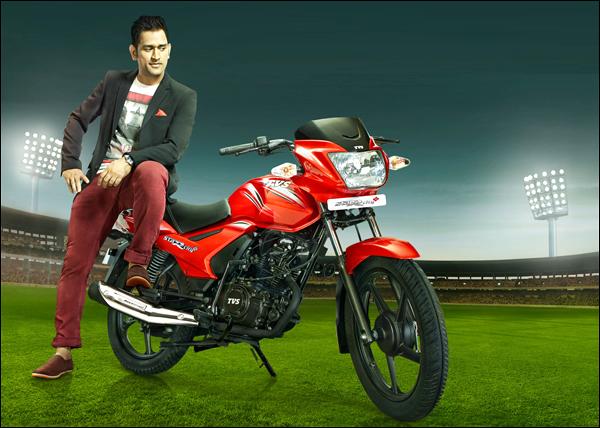
The worlds largest 2 wheeler market
A look at any Indian street will tell you that the love for two-wheeler vehicles certainly trumps the affection for cars. Nearly every household owns a two-wheeler, regardless of whether they have a car or not. A rather speedy way to get from point to point, highly fuel efficient and cheaper to maintain, especially for those on limited salaries or shoestring monthly budgets, two-wheelers are a clever way to navigate the roads as well.
In the process, India’s heavily congested roadways and traffic signals have best been navigated on the humble two-wheeler vehicle, and it is, therefore, no wonder that it is a hot favourite. Consequently, there is a rising trend for manufacturers and bike brands to make a beeline to India to market their wares. There is a rising dominance of motorcycles up to 150cc in the Indian market, while the 500cc and above category of motorcycles in India has also surged considerably.
Whether rural India or urban India, the two-wheeler has gained prominence and inclusion in most homes. The reason for this is the need to navigate rough roads that have potholes, or are not proper roads, sometimes dust tracks, even. The affordability of fuel is also a huge factor in augmenting an incremental tendency to rely on two-wheelers to get around town. As opposed to a car, managing a two-wheeler saves about 50-60% of the monthly income. With the rising global crude oil prices, and the Governmental decision to deregulate fuel prices, there is a need to rely on two-wheelers rather than cars to get around town.
Two-wheeler production in India has grown by leaps and bounds over the years. It grew by 7% in 2013-14 with 16.9 million units, as compared to 15.7 million units in the previous year. 12.5 million Motorcycles, 3.7 million scooters and 0.7 million mopeds were produced in this financial year. Domestic sales have also seen a 7% growth and companies sold 14.8 million units (as against 13.8 million units) during 2013-14. This, in effect, translates into an equivalent of a $14 billion industry (USD) without even considering other paraphernalia like suppliers, accessories, dealers and the like.
Gearless scooters are especially among the more preferred and highly sought after two-wheeler vehicles. Motorcycles generally command a major share in the market. The rise in the number of gearless scooters on the road comes from the need to chart appropriate traffic movements, especially since there is high traffic on the roads that commuters must beat to get from place to place. This segment of two-wheelers enjoyed a 25% growth from 2011-12 to now.
The most significant amount of two-wheelers come from the rural sector, especially because of the extent of utility it offers. The preference in the urban sector tends towards lighter vehicles and gearless vehicles, particularly among office goers and school students, so that they can chart a comfortable path without being beaten down by traffic, or fixing their commutes in a way that they have to leave earlier than necessary.
Overall, the trend appears to be in favour of bigger engines. Consequently, the Average Motorcycle Engine Displacement Index, or AMEDI, has been steadily increasing. It was 111.64 cc in 2012, but increased to 113.36 cc recently. In sum, the Indian two-wheeler market has grown eighteen fold in the last 3 decades. A plethora of factors come together to create this trend – everything from utility to price, low maintenance to fuel efficiency and the condition of Indian roads along with rising fuel prices.

